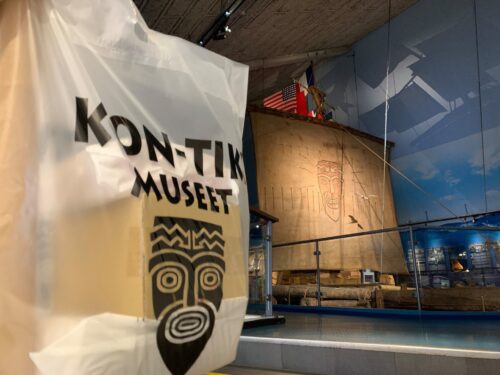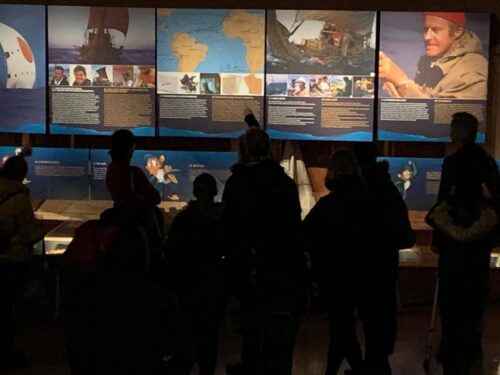Bygdøy Peninsula
What is there to see in Bygdøy and why even visit at all? Moving south across Langviksveien and then east across Bygdøynesveien, parallel to the seafront, we end up on the tip of the peninsula where the three maritime museums lie.
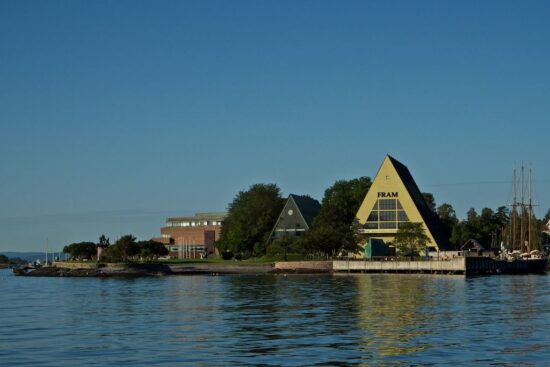

The Norwegian Maritime Museum collection consists of artifacts of cultural & historical origin, works of art, vessels, photographs, ship and boat drawings, charts, books, and periodicals that document the Norwegian maritime history, trade & culture. Its main highlight is the Arctic ship Gjøa, the first ship to cross the Northwest Passage on the Northern coast of North America in a 1903-06 expedition.
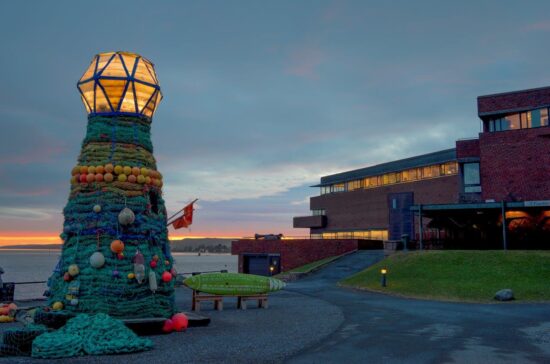
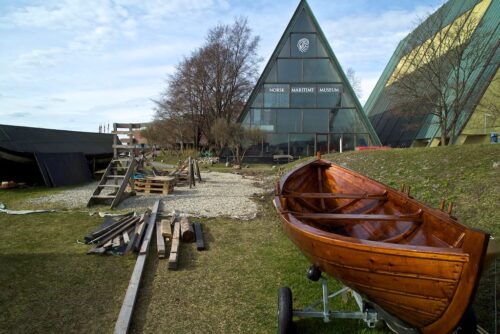
Right next to it is one of Oslo’s most popular museums, the Fram Polar Ship Museum. The museum houses the world’s most famous polar ship, a symbol of the age of polar exploration & one of the strongest wooden ships ever built, the Fram. The story goes back to the last decades of the 19th century & is a captivating one.
Aside from the chance, you get to be immersed in the details of its Hollywood blockbuster-like adventures and the story of the explorers that linked their lives with it & its expeditions, you also get to go on board and explore the insides of the legendary ship, where you can see firsthand how Norway’s polar explorers lived & survived in the coldest places on earth for years.
The collection includes the scientific instruments that were used for navigation, and medical and personal equipment, while the tour includes a show of northern lights on the deck of the Fram as well as a cinema that shows a polar introduction movie throughout the day.
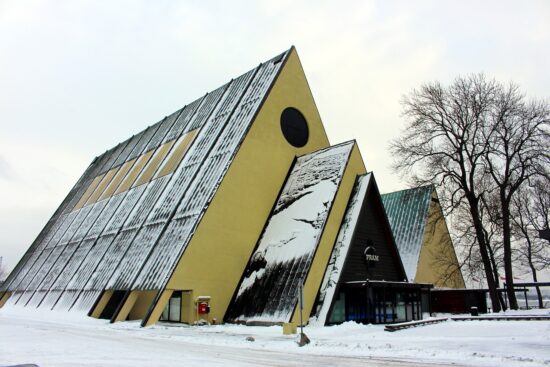

The last of the three is the Kon-Tiki Museum. Kon-Tiki was the name given to the raft constructed by the Norwegian adventurer’s Thor Heyerdahl and Knut Haugland in 1947 using only technology available to people of pre-Colombian America, to cross from South America to the Polynesian Islands, in a mythic journey of 8000 km.
Heyerdahl wanted to prove the theory that the Polynesian people started their migration from South America using prevailing westward winds to carry their rafts constructed out of balsa wood, bamboo, and ropes across the ocean.
After 101 days in what was thought to be a suicide mission, the Norwegian crew finally succeeded to reach Raroia island. The details of the unbelievable adventure, as well as the original Kon-Tiki raft as well as the rafts of several other expeditions across the Atlantic & the Indian Ocean, organized by Heyerdahl in the 1950s, ’60s, and ’70s, are on display in this inspiring museum that has been visited by millions of people after its inauguration in 1950.
